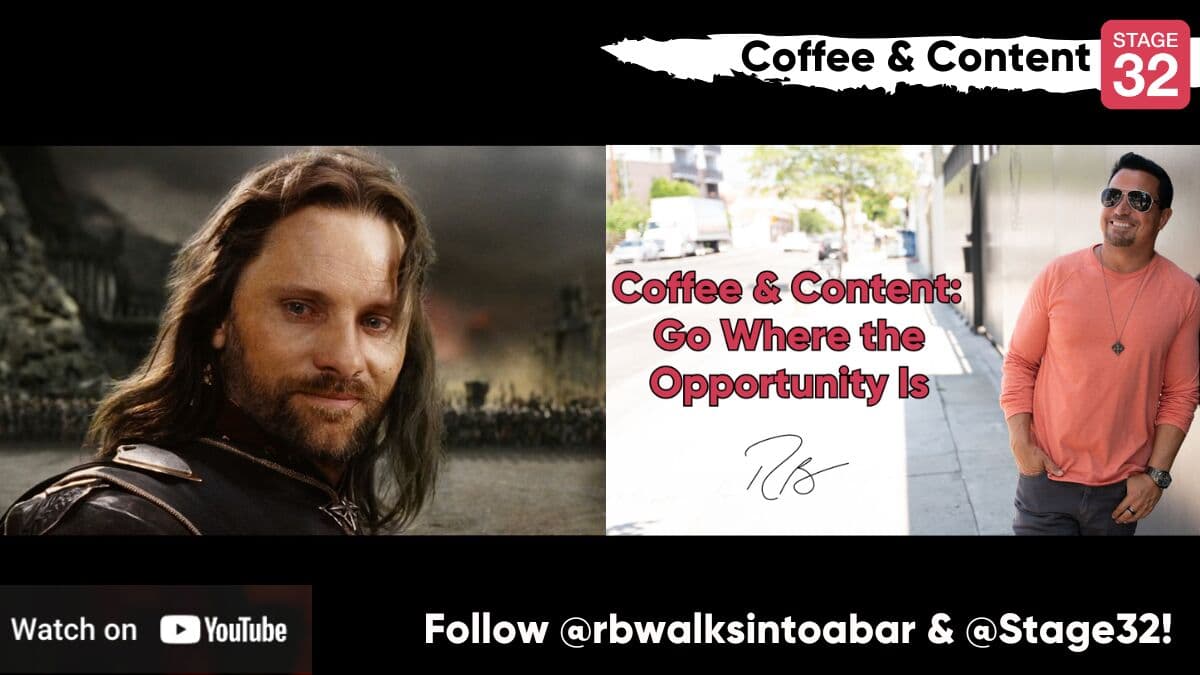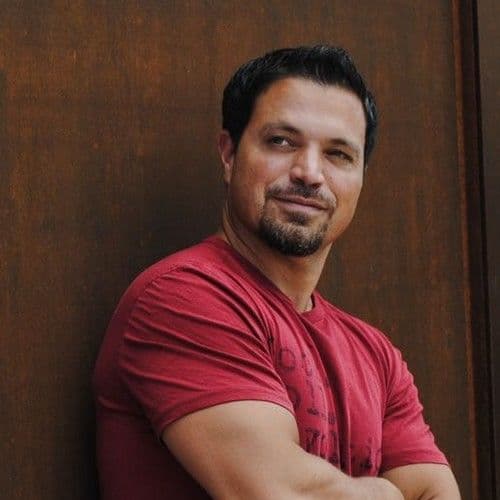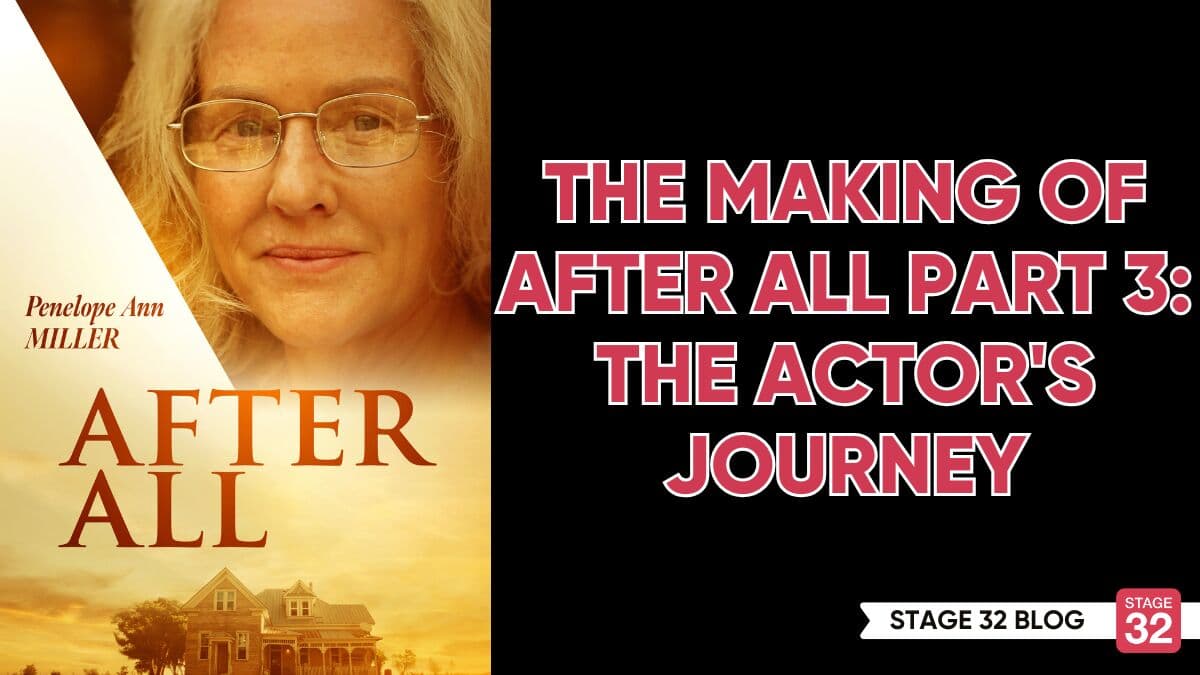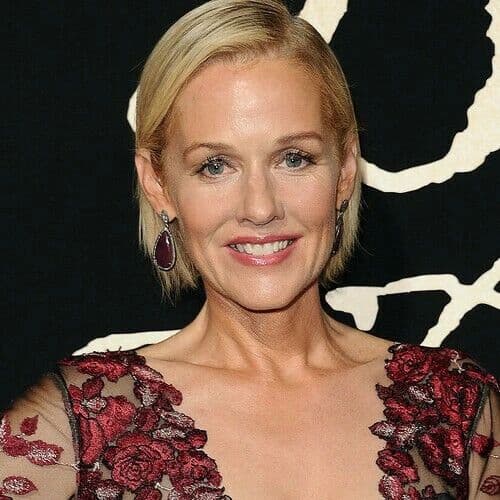The Art of Falling: Part Three

Many people have asked me what acting has to do with stunts. Well, everything. We are not just stunt people. We are not simply daredevils hungry for the next big thrill or buzz junkies craving our adrenalin fix. We are actors who perform stunts in character. It does not matter whether it's doubling or a role with no lines. It's still a performance, and it still needs a believable and three-dimensional character. That said, what is stunt acting? What is involved in the process? What is a stunt actor's journey?
Just like any acting, it is essential that you learn all that you can about the script. Whether it is a feature, TV show, or a live performance, you need to know as much as possible about the actual story as well as the genre and style. Why? Let's examine that. Take, for example, Jackie Chan. I've said this before, Jackie is one of my favorite performers of all time. He is somebody who has absolute control over his body but who also has the ability to create engaging, fascinating, and truthful characters. Many of Jackie's films are comedies, physical comedies much like those of Charlie Chaplin and Buster Keaton. Just like these two giants of silent cinema, Jackie has mastered the part of the UNHERO. This makes him highly relatable and uniquely human. If you look at Jackie Chan and compare him to somebody like Jet Li, you immediately see the difference. Jackie is not afraid to show pain. Jackie is not afraid to fail. Jackie is not afraid to laugh at himself. Jet Li is just as impressive, but he is a totally different performer. He has a seriousness about him, a veneer of impenetrability. Nothing can reach him. Nothing seems to faze him, even when he is shot and dying. He often portrays the ANTI-HERO and, at times, also EPIC HERO. Both Jet Li and Jackie Chan can be described as physical actors. Both are exceptional martial artists, and yet both are distinctly different and uniquely their own. Their acting is different, and the type of movies they make is different too. Same way, each stunt actor is different, and each stunt role is different. I cannot tell you the best approach because what works for me may not work for you. All I can offer is my technique. Try it. See if it works. Keep what is useful and discard what is not. That said, I do believe that whatever approach you opt for, always start with the script and the characters.
Now, what is my process?

First, I read the entire script if I have access to it. If not, then I read the scene or as much as I have been given. I find out all I can about my role or the person I double. I try to create a background for my character, history. I want to know my character as I know myself, and that means likes, dislikes, family history, strengths, and, of course, weaknesses. Here comes the contradiction of acting. Although the performer must know absolutely everything about the character, the actual character may be completely unaware of most of it. The actor, particularly the stunt actor, must be in complete control of that character even when the character is totally out of control and unaware of what is happening to him or her, both physically and emotionally.
My solution? Do as much research, script analyses, and character-building as possible before the work starts. Then, when the director calls action, or you step onto the stage, you can forget all about it and be in the moment. Everything will have become engrained and won't require your attention.
I generally look at four things.
First, I look at the facts the author gives me. This includes the time and place the story is set in, my character's age, family history, socio-economic background, physical description, and what has happened in the script. I look at whether the character is at the peak of physical form or unfit, sleep-deprived, drunk, or running on adrenalin and in full fight or flee mode. This has a direct effect on my portrayal. Performing any action will be influenced by the character's condition and background. I always read the descriptions, actions, or stage directions. Those are essential. It may sound crazy or trivial, but knowing the character's theme music, or even key color makes a difference (Think about how your impression of a character is influenced by the music that introduces them. Even in our daily life, the color a person wears affects our perception of that individual.).
I generally start from within. I want to know my character's personality and emotional state. Once I know who she is inside and what makes her tick, I need to decide who she is physically. I look at the history, and I look at what it tells me. For example, is she a fitness fanatic who trains every day? Or is she a slob who hardly ever moves and eats junk food 24/7? Or has she been undergoing a medical procedure? Has she been on the run for days? Has she been subjected to torture? Everything has an impact. Everything plays a role. Each little bit of information is that vital piece of the puzzle that makes the entire picture come together. Don't rush this process. Don't skip pages. Absorb the script with your whole being.
Second, I look at the things that the character says about herself because that tells me a lot, even if she is lying. I learn from her lies. Is she lying to herself or others, or both? And why? Is the character a pessimist with low self-esteem? Or is she an ultra-confident optimist with a can-do attitude? Think Fanny Brice in Funny Girl. She honestly thinks she can do anything, and that is why she boldly goes where no Jewish girl has gone before. Think Superman and his secret identity, Clark Kent. As Clark, Superman moves in a particular, almost clumsy way, yet at times he betrays the deception by showing grace and agility. It is also important to note whether the audiences are aware of the deception. In Yentl, we know Barbara Streisand's character is masquerading as a man. We are in on the secret, co-conspirators. Unlike the Usual Suspects, where we, the audiences, are totally in the dark. How does that apply to stunts? Say my character claims to be a novice martial artist but is, in reality, a Kung Fu master. I need to ensure that my physicality and my moves correspond to the first statement while subtly preparing the audience for the revelation of my proficiency to make it believable.
Third, I look at what my character says about others in the script. Once again, this tells me all about my personality but also about the dynamic of each of my relationships. For example, take a mother who speaks terribly of her children, talking about them as brats or, even worse, monsters that she wishes she never had. This does not tell me much about the kids because her opinion may be biased, but it does tell me a lot about her and who she is. Her statement paints a picture of her and affects my interpretations and portrayal. Of course, this is the movie business, and these kids can literally be monsters, and the mother can be at the end of her rope and terrified out of her wits. Therefore, my portrayal again would be different – my entire physicality would reflect that.

Fourth, I look at what the other characters in the script say about my character. This tells me how others perceive my character within the story. From that, I craft a character. For example, if I am perceived as overbearing and bossy, I carry myself in a way to reflect that. If I am described as mousy and insignificant, my entire being must morph into that. Everything, each move and consequently all the action, including stunts, will echo those statements. It is vital to see how the character is perceived by others in the script because, often, these characters are meant as audience substitutes. They are the eyes of the viewers.
Since we are discussing stunt acting and stage combat, we are dealing with physical performance. Often, all we have is our physicality. As stunt actors, we don't get to perform lines too often. Generally, we do not have any dialogue, yet we engage in a different form of discourse. We communicate physically. It is essential that we craft truly dynamic characters. One way to create engaging physicality is to look at animals and their behavior. Animals can be an excellent inspiration for actors. Even in our language, we use references to animals. Clumsy as an ox or as strong as a bull come to mind. I often look at animals and how they react in different circumstances. I chose an animal and what qualities it has, and then I endow my character with those qualities. I morph into the animal while maintaining my human form. Then I study human behavior in a fight or flight context and ask myself what the situation is and how my character would respond while maintaining the animal qualities.
I also often look at Jacques Lecoq and his seven levels of tension. I even use Laban, a dance practitioner who offers super helpful insights when creating physicality for your character.
Finally, I look at the action scene. I analyze it, and where in the script it takes place. In what context? If I am performing a fight scene, I first ask, why am I fighting? Is it something that I've instigated? Am I the aggressor, or am I defending myself? Am I protecting others? What is it that somebody has done to me? Then I ask myself whether I have any fighting skills. Because the choreography of the actual fight scene will depend on my character's skill, not on my own skill. If my character has no background in fighting, the chances are she will not perform the actions correctly. She will not know how to make a fist or kick properly. She might even hurt herself. All of this will impact the actual choreography, which is something that stunt actors and stunt coordinators need to discuss. On the other hand, if my character has skills, be they in boxing or martial arts, she will naturally move differently. She will know how it feels to fight. A formidable fighter might hardly acknowledge a hit to the face, whereas an everyday Joe will stumble and even fall and take moments to recover. So, my reactions will differ depending on my character.
The next factor is what sort of character I might be portraying. Am I playing or doubling the good guy, or am I the bad guy? This question is fundamental because, again, it will affect everything. A bad guy will fight dirty. A bad guy will kick you when you are down. A bad guy will stab you in the back. A bad guy will not follow the rules. On the other hand, the hero will not do any of those things. The hero will stop before the fight is finished or will even try and help the enemy.
Lastly, as with everything in this industry, this is a team effort. It is vital to talk to the other actors or stunt actors involved in the scene. For any stunt to work, communication is essential. Knowing the dynamic and understanding the purpose of the scene is crucial. It may seem funny, but the hero is often made to look more heroic and far more powerful by the bad guy, by the loser. Again, in a fight scene, it is the person getting hit that makes it work that sells it. It is the reaction that makes the action more powerful.
So, we come full circle. It all starts, and it all ends with your character. That is why it is vital to know your role through and through. That is also what makes acting and stunt acting so intriguing and so much fun.
Let's hear your thoughts in the comments below!
Got an idea for a post? Or have you collaborated with Stage 32 members to create a project? We'd love to hear about it. Email Emily at blog@stage32.com and let's get your post published!
Please help support your fellow Stage 32ers by sharing this on social. Check out the social media buttons at the top to share on Instagram @stage32 , Twitter @stage32 , Facebook @stage32 , and LinkedIn @stage-32 .






